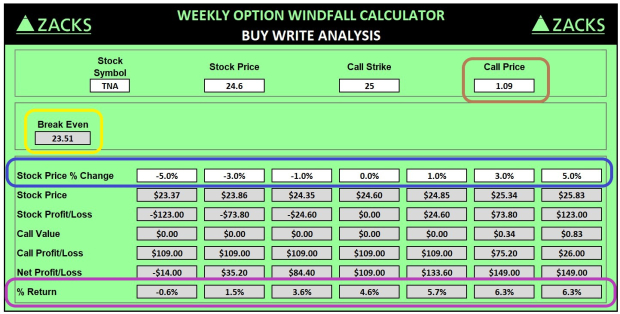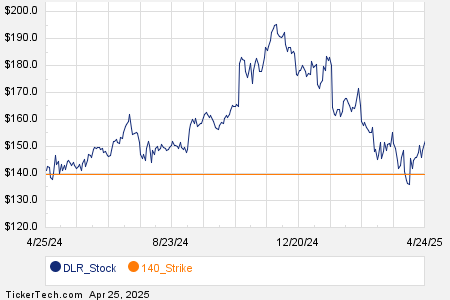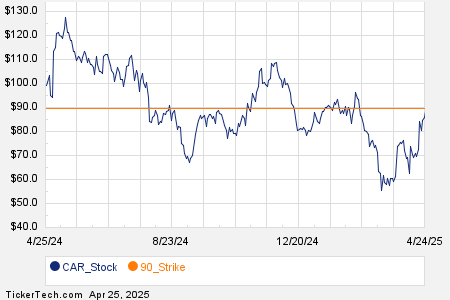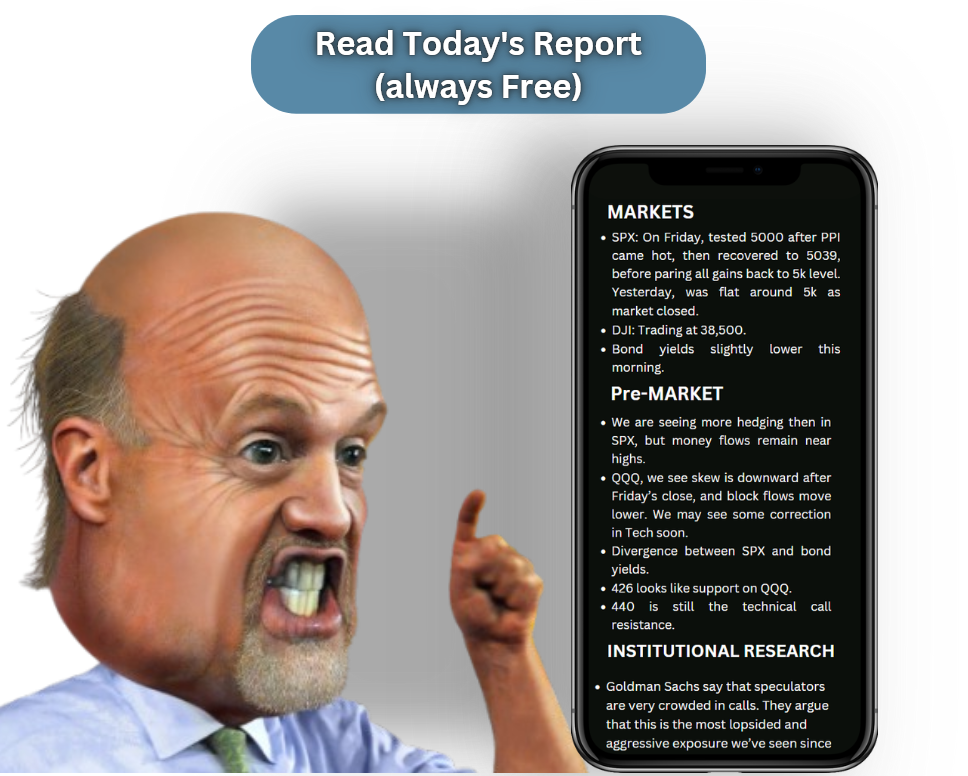Dollar Gains Traction Amid Tariff Talk and ECB Policy Shifts
Dollar Index Rebounds from Recent Lows
The dollar index (DXY00) is currently up by +0.11%. After dipping to a three-week low, the dollar has made a slight recovery, aided by President Trump’s announcement of a potential 10% tariff on all Chinese imports as a response to fentanyl shipments. Additionally, dovish comments from the European Central Bank (ECB) affected the euro, giving further support to the dollar. Today’s stock market rally has limited the dollar’s gains by reducing demand for liquidity.
Leading Indicators Show Expected Decline
In the U.S., December leading indicators fell by -0.1% month-over-month, aligning with market expectations.
Rate Cut Speculations at FOMC Meeting
Currently, markets are assigning just 1% probability for a -25 basis point rate cut at the Federal Open Market Committee (FOMC) meeting scheduled for January 28-29.
Euro Declines on ECB Comments
The EUR/USD pair (^EURUSD) is down by -0.08%. The euro has retreated from a two-week high, largely due to dovish comments from ECB officials. Governing Council member Escriva suggested that a -25 basis point interest rate cut at the upcoming policy meeting is “very probable.” Similarly, member Knot stated that market expectations for rate cuts in January and March are “reasonable.” Adding to the euro’s pressure, a Bundesbank report indicated that the German economy is not expected to recover from stagnation in the first quarter of 2025.
Mixed Signals for the Euro
Initially, the euro moved slightly higher following hawkish comments from ECB President Lagarde, who asserted that the ECB would adopt a gradual approach to easing monetary policy.
High Expectations for ECB Rate Cut
Swaps markets are indicating a 99% chance for a -25 basis point rate cut by the ECB at its next meeting on January 30.
Yen Weakens Amid Stock Rally
The USD/JPY pair (^USDJPY) has risen by +0.41%. The yen has weakened as a rally in the Nikkei Stock Index reached a one-and-a-half week high, reducing safe-haven demand for the currency. Additionally, higher Treasury yields have negatively impacted the yen. Despite these losses, expectations that the Bank of Japan (BOJ) may raise interest rates on Friday have limited the yen’s decline. According to swaps markets, there is a 90% chance of a +25 basis point increase by the BOJ, up from approximately 40% at the end of the previous month.
Mixed Trends in Precious Metals
February gold (GCG25) is up +2.70 (+0.10%), while March silver (SIH25) is down -0.286 (-0.89%). Precious metals are experiencing mixed results today, with gold rising to a 2-3/4 month high. Dovish comments from central bank officials have increased demand for precious metals as a safe-haven investment. Notably, member Knot’s remarks on anticipated rate cuts and Escriva’s suggestion of further cuts contributed to this trend.
Stronger Dollar Poses Challenges for Metals
Despite these gains in gold, a stronger dollar is negatively affecting the precious metals market. The ongoing stock rally has also diminished safe-haven demand for precious metals. Silver, in particular, suffered declines following President Trump’s tariff comments. Additionally, the Bundesbank report about the stagnant German economy has raised concerns for demand in industrial metals and subsequently impacts silver prices.
On the date of publication, Rich Asplund did not have (either directly or indirectly) positions in any of the securities mentioned in this article. All information and data in this article is solely for informational purposes. For more information, please view the Barchart Disclosure Policy here.
The views and opinions expressed herein are the views and opinions of the author and do not necessarily reflect those of Nasdaq, Inc.



